Future Trends: A New World of Experience
18 Feb 2020
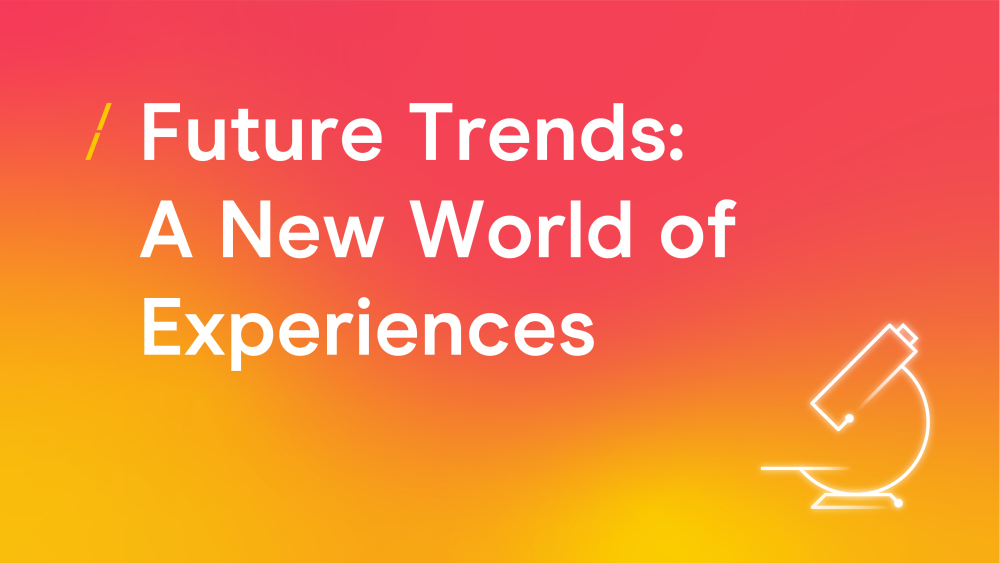
Welcome to the second article in our Future Trends series, part of the 2020 Customer Engagement campaign in collaboration with Collinson, dotdigital, Paragon Customer Communications and partnership with Foresight Factory.
After the analysis of brands voice strategy, this article will focus on the intersection between customer personalisation and the use of new technologies or strategies such as VR and AR or gamification. These are some powerful examples of how smart use of data can bring customers in a new world of experience tailored to their own size.
Customers will always be willing to accept discounts and freebies, but data shows that there is much more they are keen to receive from brands. The good news is that customers are open to collaborating with businesses by offering information about their lifestyle, preferences and much more.
What can you offer in exchange?
New technologies, in themselves, aren’t a silver bullet.
Read on to learn what customers think about these innovations and how other businesses have strategically used them.
The Insights
When fuelled with the correct data, new strategies and technologies - from AR and VR to gamification - have the ability to bring real value to consumers across the whole customer journey. However, the unique experiences these can offer also relies on the deeper understanding of the contract between customers and brands when it comes to their data.
This section will explore the attitude of different costumer cohorts towards sharing their information, allowing marketers to be more personal and add new opportunities to their experience game.
Personalised Experience
Data is the new currency between businesses and customers. A clear and transparent data process, from collection to storage, can bring great value to both parties.
Moreover, since its introduction, in 18 months GDPR has managed to reassure 43% of the customers about how brands handle their data as reported in our Consumer Email Tracker 2020.
However, those who weren’t convinced last year (36%) still aren’t. What can marketers do to gain their trust?
Consumers adopt a pragmatic approach to data-sharing which, in other words, means that they desire control over their data. This need shouldn’t be interpreted as a desire to avoid sharing information: what consumers ask is a fair exchange.
In 2018, 53% of customers said they were expecting to share some personal details online and receive tangible rewards in return, a number that rose to over 60% with Centennials (these born after 1999).
Overall, 58% of British consumers today are explicitly willing to share data with brands for benefits. From 2016, we have seen an 11% increase in those explicitly willing to share their data. Only one in four (26%) people said they’d be unwilling to share data with brands for any reason.
For which, if any, of the following reasons would you be happy to give permission to a company to use your personal data (Such as your browsing or purchase history more than just your personal details like name, email)?
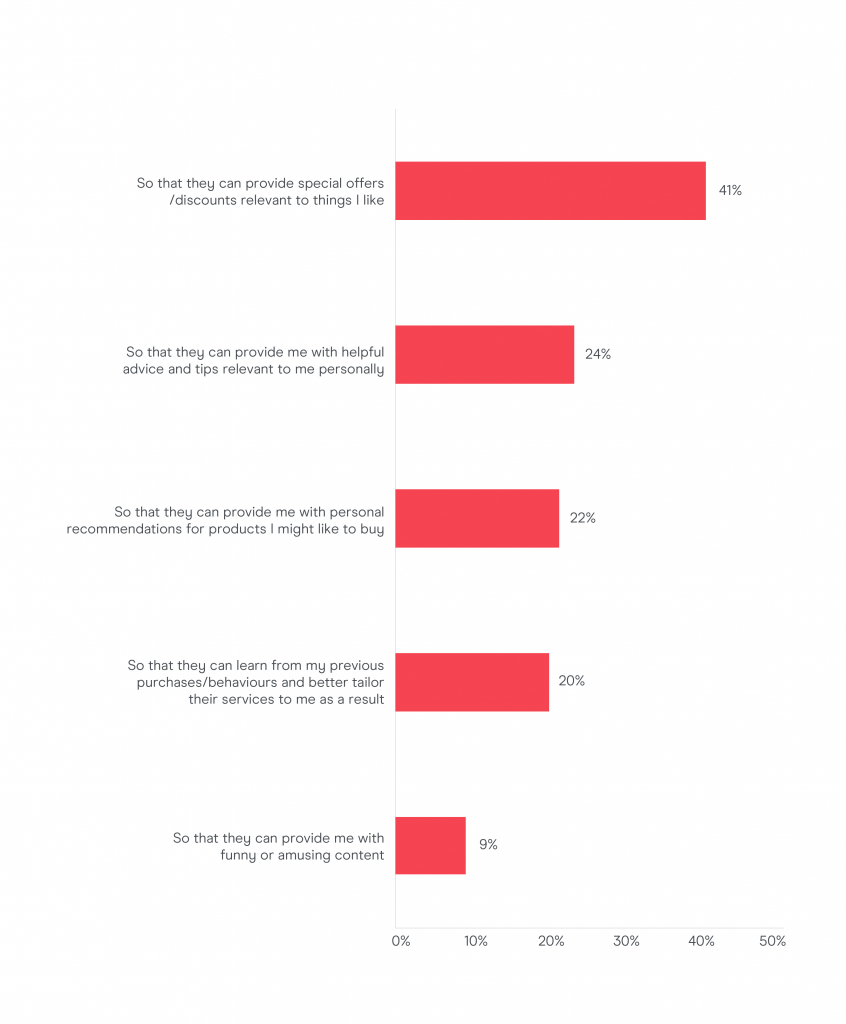
Using the responses in the chart above, Foresight Factory created a consumer segmentation based on customers’ attitudes towards sharing their personal data with a company.
Consumers in the ‘It's Personal’ segment show interest in data sharing for any of the reported reasons. The ‘Discount Only’ consumers, on the other hand, are interested only in receiving special offers.
‘It’s Personal’ (43%) is a group of keen data sharers:
- Over half are happy to share data for more personalised discounts (59%), advice (54%) and product recommendations (50%)
- 39% update their social media profiles every week
- 31% speak to a customer service assistant through live chat every week
- 50% follow an influencer
- 60% monitor themselves through their mobile phone (e.g. vital health signs, daily spending, etc.)
‘Discount Only’ (15%) is a group driven by finding good deals and:
- 32% say that what they want most in their life is more money
- 27% agree that they would stop buying a brand if it stopped offering promotions
- 56% prefer spending their leisure time at home rather than going out
- 22% interested in using voice assistants to find the cheapest price for a product
Looking into who belongs to these two segments, we found younger consumers more willing to share their data for a wider range of reasons: 61% of 16-24s belongs to the group of ‘It’s Personal’ data sharers. Men are also more likely to fall into this group than women (48% vs 38%).
Women, on the other hand, are slightly more willing to share their data for the purpose of ‘Discounts Only’(17% vs 13% of men).
The Opportunities
Within this chapter, we will analyse how new strategies and technologies trend among customers and how brands can utilise theses as part of their future Customer Engagement programmes.
AR and VR
AR usage (38%) and VR usage (38%) have remained stable compared to last year. However, data indicates that VR ownership has decreased since 2018 (12% vs 9%).
Fewer consumers year-on-year own a VR headset, while the availability of mobile devices able to augment our lived environments continue to increase.
Access to mixed/virtual reality devices

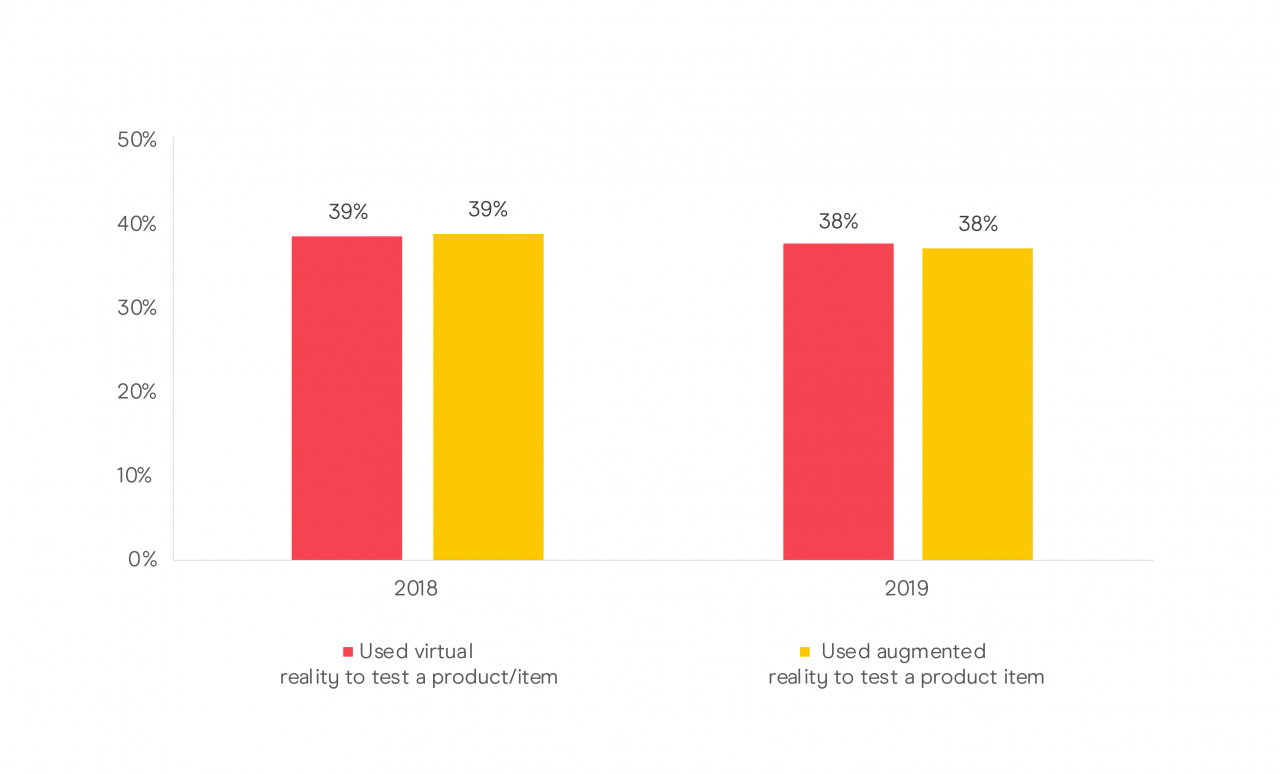
Adoption of VR technology is driven by younger consumers: 22% of 25-34 years old in UK are claiming to own a VR headset. Ownership is also higher among men: 12% compared to 7% of women. VR is more popular among gamers (22%), with devices like Oculus Rift and Playstation VR allowing a more immersive gaming experience.
Foresight Factory estimates that the proportion of British consumers who own a VR headset will rise to 26% by 2025. This prediction is made considering the number of customers owning a games console at home as well as wearables and smart home assistants. Other key factors are watching/posting 360/VR videos and live video and the high frequency of playing video games and watching online videos.
Mixed reality technologies, as AR and VR, hold the potential and the risk to unite two different realities. Consecutively, brands, through their marketing channels and customer experience strategies, need to maintain their presence in both the digital and physical worlds.
While AR is currently more accessible to the masses (from Snapchat filters to Pokemon Go), VR is yet to become available to a wider audience.
Gamification
In 2018, nearly half of consumers (45%) had used or were interested in using an app able to motivate themselves to ‘stick to a personal goal’, rising to 79% for Millenials (those born between 1981 and 1999) and 74% for Centennials.
Gamification can be the opportunity for brands to tap into the consumers’ aspirations of being more ‘open to new challenges’, as desired by 30% of Brits.
You will now be shown a series of descriptions that people might use to describe themselves with. Which one do you think describes you better?
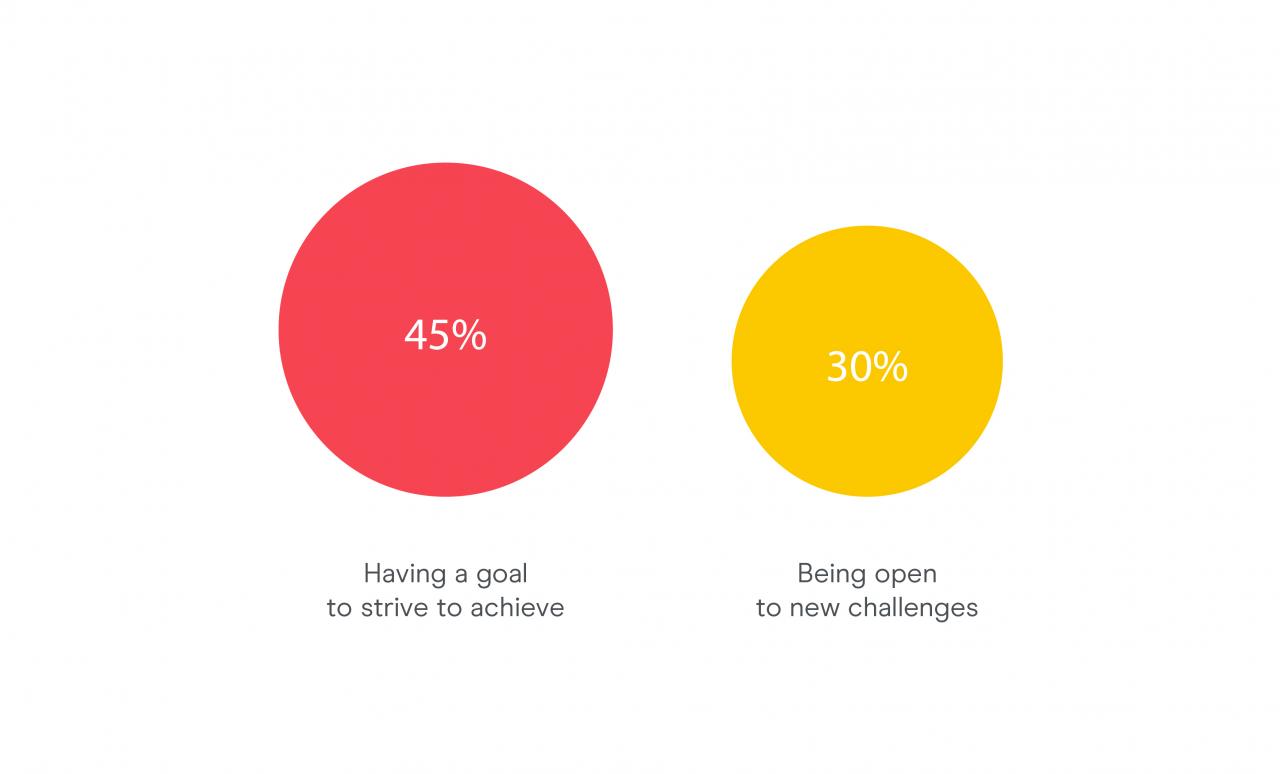
In 2018, for instance, 38% of British consumers were interested in using a fitness app that would send them an exercise challenge to complete on a weekly basis. These apps can help consumers meeting their fitness goals and exercise challenges by motivating them with competitions and games.
The interest in these exercise apps seems slightly higher among women (41%) than men (35%) and is currently highest among younger consumers: 63% of Millennials against 15% of Baby Boomers.
Based on current interest, Foresight Factory predicts that 12% of British consumers will have used an exercise challenge app by 2025 and a further 30% will be interested.
These principles of gamification can be applied beyond health and fitness. For example, in personal banking it can be used to reward customers, in fashion they could be used to unlock exclusive offers, or any brands could use gamification metrics to engage fans to access exclusive content.
Questions
-
What do customers want from the experience you offer?
-
Which and how much data are they willing to share?
-
How will your brand build and enrich realities in future?
-
What are the barriers to them taking the next step in their digital lives?
-
What marketing channels and customer experience strategies do brands need to be aware of in order to maintain a presence in both the digital and physical world?
Takeaways
Smart Data = Smart Personalisation
Half of the customers in 2018 said they love when brands treat them as individuals. Acknowledging this, it’s even more understandable the emotional buzz they feel when their preferences and personal details are remembered and valued by brands.
Customers expect interactions that reflect their emotional and functional needs. Thanks to the development of nimble supply chains, the availability of new technologies and Big Data, personalisation is now possible at scale.
As omnichannel is the natural way for consumers to shop, both online and offline experiences need to be synchronised. From a deep understanding of customer data, empowered customer service staff can guide consumers’ choices, highlighting brand expertise while also giving customers the freedom of choice.
New immersive technologies, such as AR and VR, might allow consumers to better visualise a custom product before it is made.
How much is too much?
Discussions about ‘how much’ personalisation customers want and need before it turns in ‘too much’ have only continued to grow.
Unfortunately, there is no single answer, there are too many aspects to factor into the personalisation equation. For instance, loyal customers with a deep relationship with a brand may relish the opportunity to personalise in line with their own preferences. On the other hand, new customers might be less confident or simply unwilling to share their personal preferences and data with brands they’re not familiar with. Although it’s not just as simple as this either, as earlier insights highlighted.
Brands should have a strategy in place to reward those customers willing to share their personal data and be reassuring about any privacy concerns, while giving customers the option to skip personalisation features entirely.
Which of the following have you experienced in the past 6 months that made you so angry that you took your custom elsewhere or took some other action against the company? 'Asked you to give them unnecessary personal details'
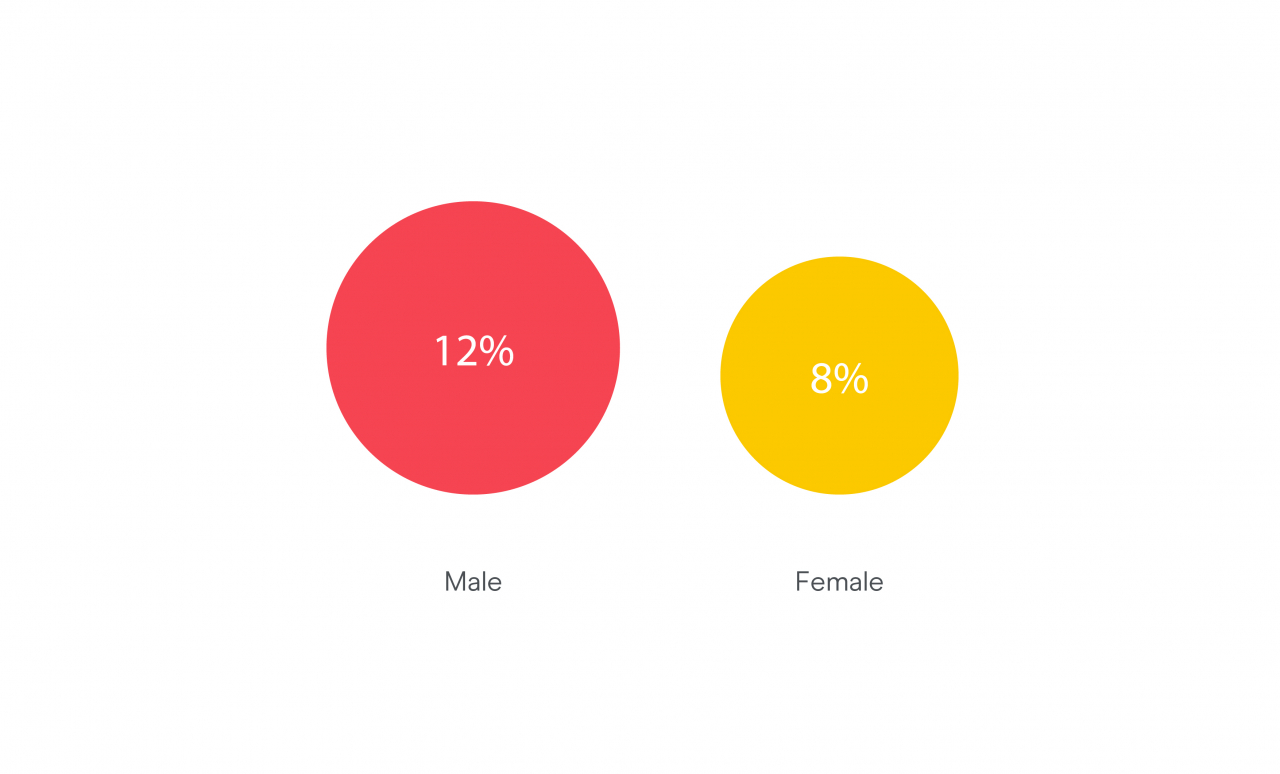
As mentioned earlier, consumers should be in control of their data and related personalised messaging. Indeed, unwanted, unprompted or poorly-handled familiarity may be a turn off to some customers. Leaving people in the position of being able to control communications will allow brands to give the more privacy-concerned the choice to receive generic messaging.
Case Studies
The Evoque Button: Reinventing direct mail for a digital generation
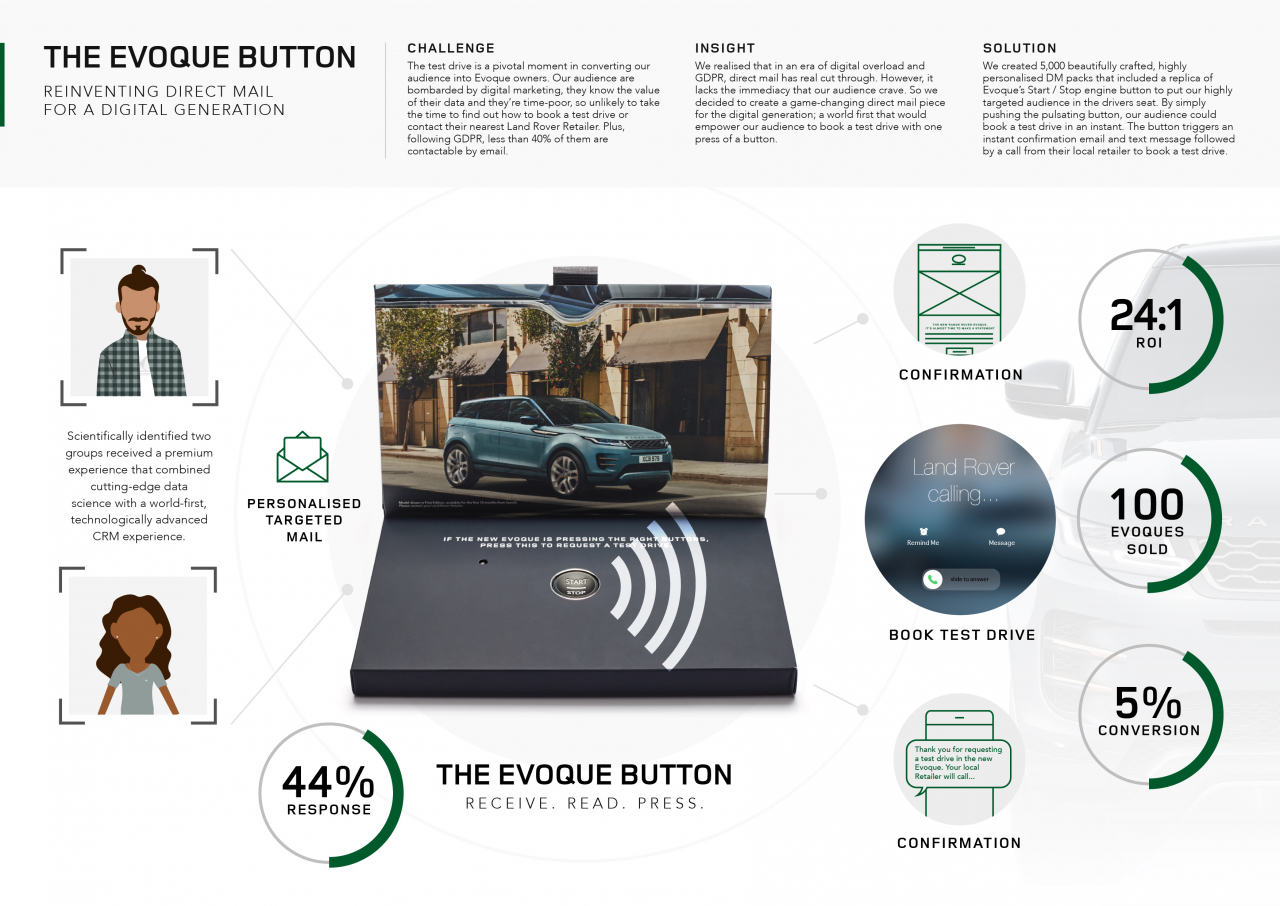
AR Monopoly Game

The Safe Tug 360° Experience
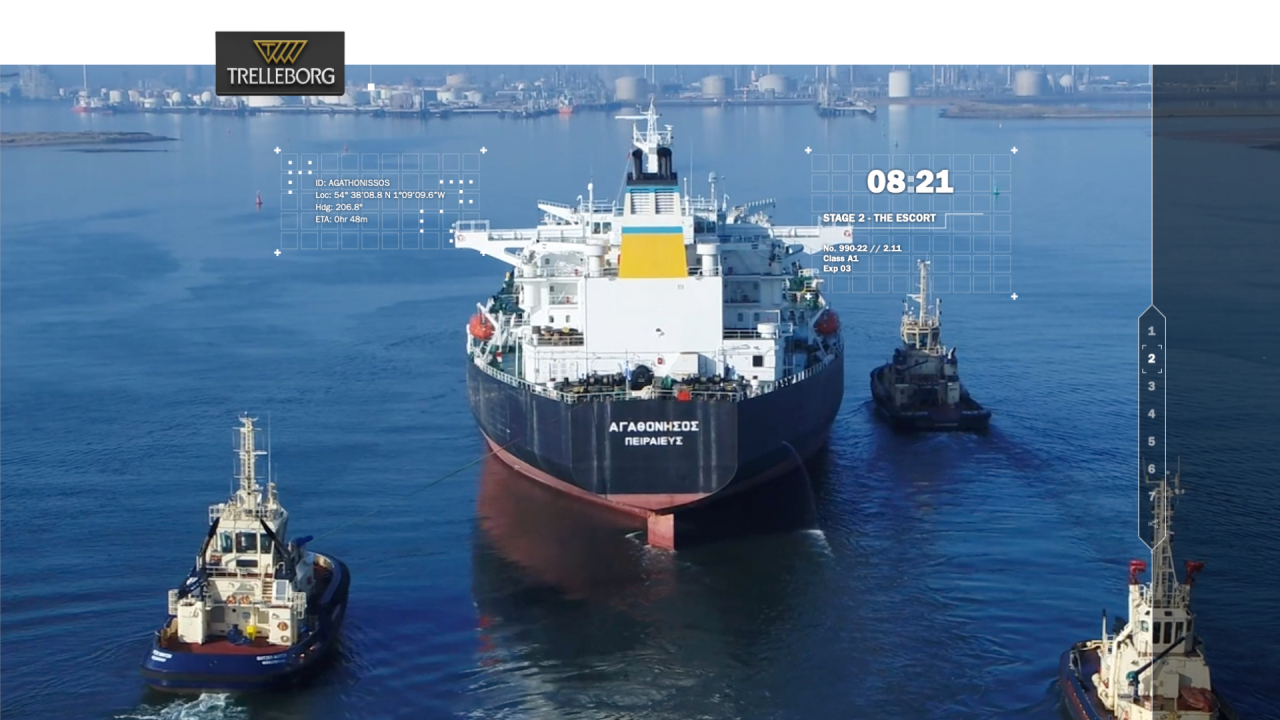
Methodology
‘Future Trends: A New World of Experience’ is an initiative undertaken by the DMA in collaboration with Paragon Customer Communications, Collinson, dotdigital and partnership with Foresight Factory.
The report partially reviews data from the ‘Customer Engagement: Acquisition and the consumer mindset’.
Moreover, the DMA Insight department conducted desk research on industry trends using the Foresight Factory’s FFonline platform: most of the reported data has been collected through surveys conducted between 2016 and 2019.
The report was written and designed by the DMA Insight department and in-house design team.
If you have any questions about the methodology used in the report, you can contact the DMA’s Insight team via email: research@dma.org.uk .



